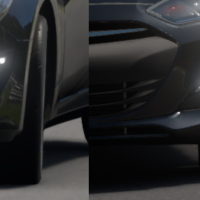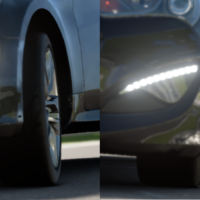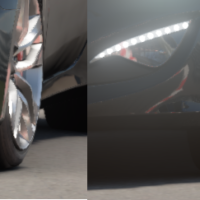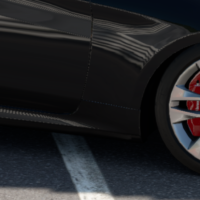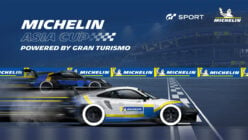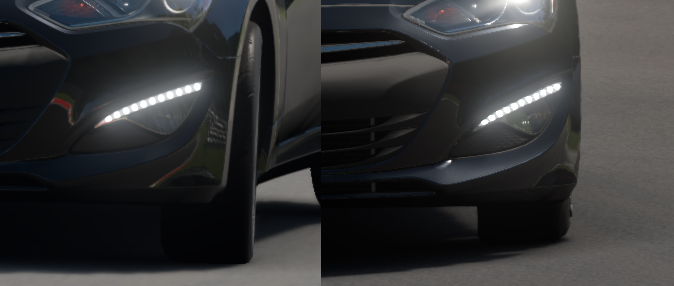
A recent discovery from the ongoing GT Sport closed beta has given us a deeper look into the physics engine updates. As shown above, tire flex is now a part of the Gran Turismo universe.
Along with sounds, the physics in the Gran Turismo series are often a source of debate. The “Real Driving Simulator” tagline triggers comparisons to staples such as rFactor and Assetto Corsa. These games feature in-depth tire physics that are rarely matched in the world of console racers.
However, GTPlanet user Vspectra recently spotted prominent tire deformation within the game. Picked up on the N300-class Hyundai Genesis, this is a first for the series, and comes as a welcome surprise.
It’s a feature seen in most modern simulation racing titles, but Gran Turismo has been an exception to date. Indeed it’s something seen as early as Forza Motorsport 3 on consoles.
Tire deformation like this occurs when the car is under lateral load. As the car turns, the wheels try to change course but the friction of the tire on road means that the rubber wants to stay where it is. Linking these two things together is the tire’s sidewall, which will move to a certain degree to accommodate both.
Flexion is affected by the composition and profile of the tire, but also the pressure to which the tire is inflated. The more the tire flexes, the more sluggish the reaction of the car will be to changes in cornering angle, though if it’s too rigid the car may be twitchy and prone to suddenly snapping away from you.
Although sidewall flex can clearly be seen, it’s not known if the game is actually simulating it. It may be that the feature is visual only, but if it’s part of a new tire physics model it hints at more interesting changes. Players may be able to use it as part of their vehicle set-up, with changes to tire profile or pressures. As temperature affects tire pressures too, even further nuances may emerge.
See more articles on GT Sport Beta.


